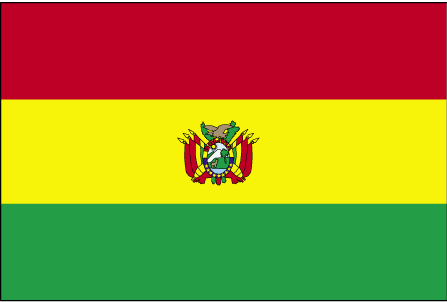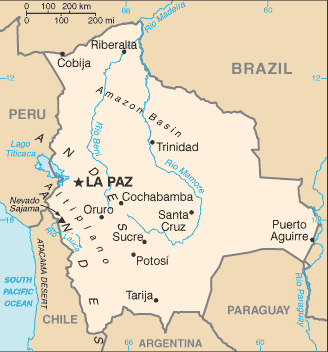Investing in Bolivia


Bolivia is one of the poorest and least developed countries in Latin America. Following a disastrous economic crisis during the early 1980s, reforms spurred private investment, stimulated economic growth, and cut poverty rates in the 1990s. The period 2003-05 was characterized by political instability, racial tensions, and violent protests against plans - subsequently abandoned - to export Bolivia's newly discovered natural gas reserves to large northern hemisphere markets. In 2005, the government passed a controversial hydrocarbons law that imposed significantly higher royalties and required foreign firms then operating under risk-sharing contracts to surrender all production to the state energy company in exchange for a predetermined service fee. After higher prices for mining and hydrocarbons exports produced a fiscal surplus in 2008, the global recession in 2009 slowed growth. Nevertheless, Bolivia recorded the highest growth rate in South America that year. During 2010 an increase in world commodity prices resulted in the biggest trade surplus in history. However, a lack of foreign investment in the key sectors of mining and hydrocarbons and higher food prices pose challenges for the Bolivian economy.
BG Group - http://www.bg-group.com/
Bolivia Stock Exchange - Bolsa Boliviana de Valores - http://www.bolsa-valores-bolivia.com/
Central Bank of Bolivia - Banco Central de Bolivia - http://www.bcb.gov.bo/
Petrobras - http://www.petrobras.com.br/
Repsol YPF - http://www.repsolypf.com/
Total - http://www.total.com/
Yacimientos Petrolíferos Fiscales Bolivianos (YPFB) - http://www.ypfb.gov.bo/
Countries that border Bolivia: Peru | Chile | Argentina | Paraguay | Brazil
Learn more:
Back to Country Investing



